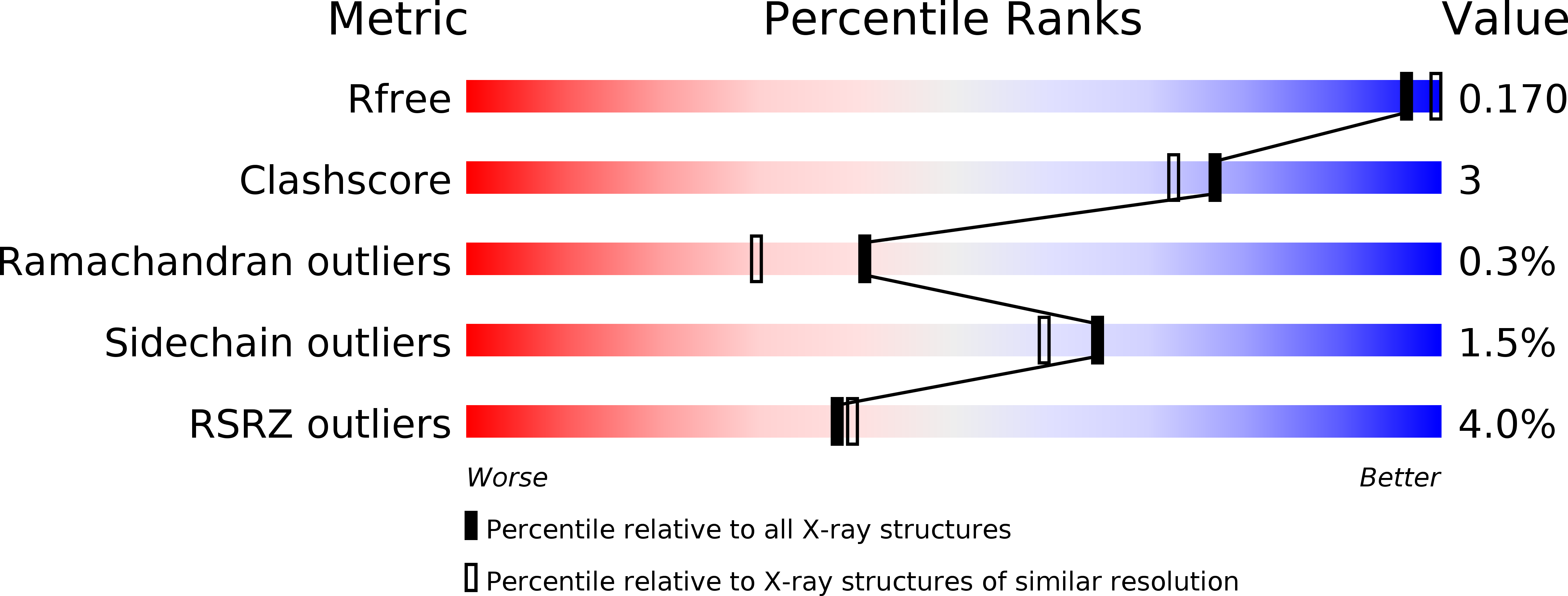
Deposition Date
2014-03-12
Release Date
2015-05-20
Last Version Date
2024-11-20
Entry Detail
PDB ID:
4P4I
Keywords:
Title:
X-ray structure of human glutamate carboxypeptidase II (GCPII) in complex with a phosphoramidate inhibitor T33
Biological Source:
Source Organism:
Homo sapiens (Taxon ID: 9606)
Host Organism:
Method Details:
Experimental Method:
Resolution:
1.87 Å
R-Value Free:
0.17
R-Value Work:
0.15
R-Value Observed:
0.15
Space Group:
I 2 2 2


